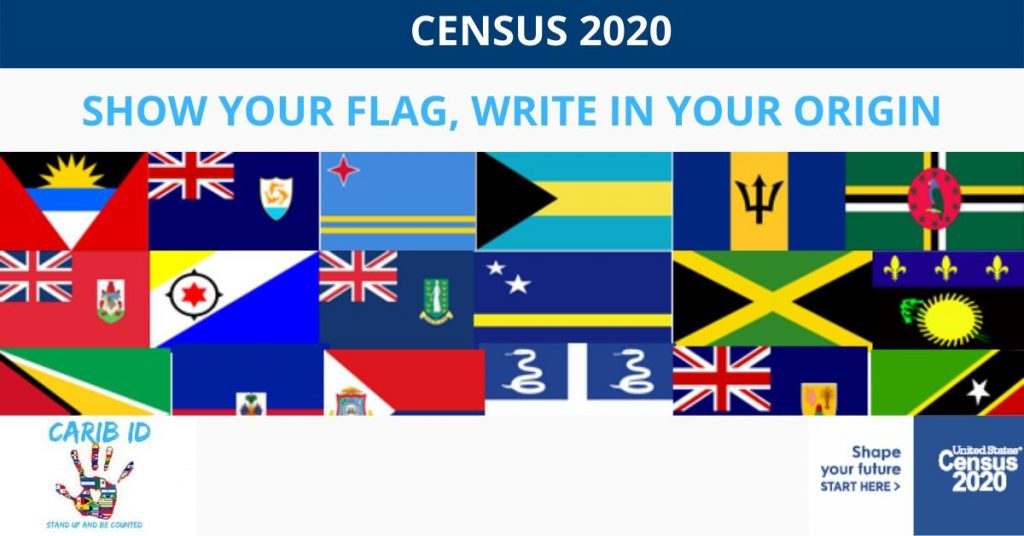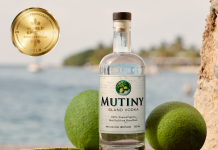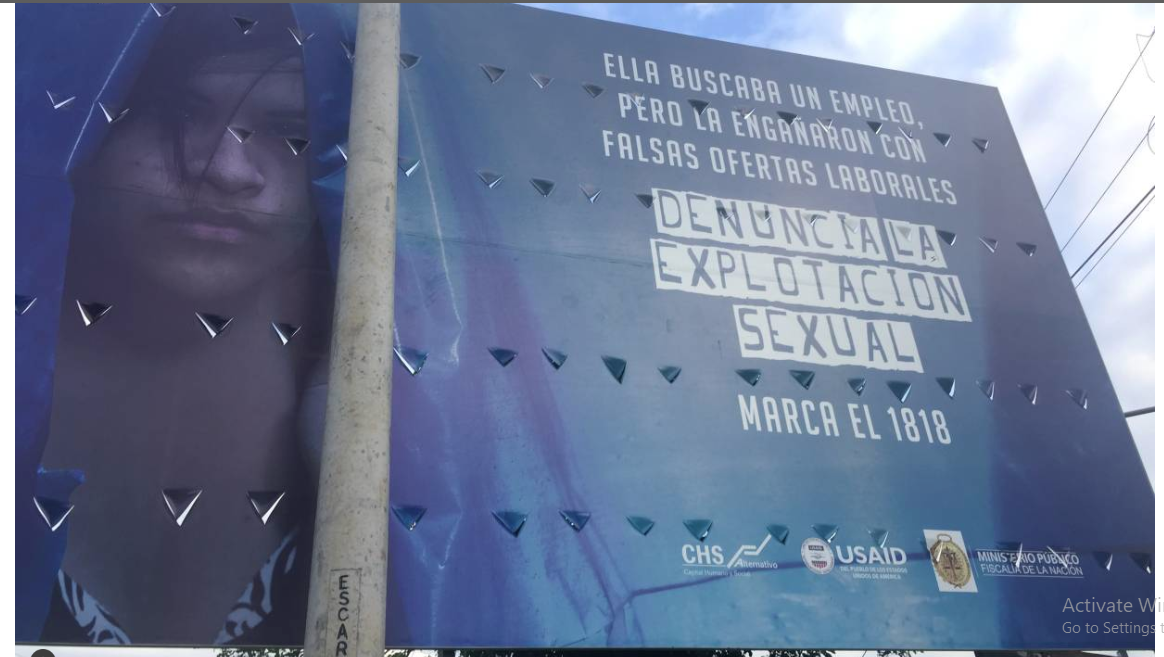
By Anastasia Moloney | @anastasiabogota | Thomson Reuters Foundation
NEW YORK, NY, Fri. Jan. 24, 2020: PUERTO MALDONADO, Peru, Jan. 24, 2020, (Thomson Reuters Foundation): Claudia was 14 when she was trafficked into prostitution in the Peruvian rainforest town of Puerto Maldonado, where a boom in illegal gold mining had created a thriving sex industry.
She was forced to work in one of the dozens of brothels that sprang up around the mines and along the main motorway cutting through vast jungles of Madre de Dios in Peru’s Amazon, scene of a modern-day gold rush after global prices spiked a decade ago.
When Peru’s military launched a major crackdown on illegal gold mining in the area last February, authorities rescued dozens of women and girls, many of whom were underage, raising hopes that the flow of victims would be stemmed.
But it has not turned out that way.
A year later locals say the crackdown, dubbed Operation Mercury, has simply moved the illegal mines deeper into the jungle – and the brothels and bars have followed.
“Miners are still going to the bars. You can see the bars and the girls waiting outside. Nothing has changed,” said Claudia, now 19, who asked that her real name not be used because her family did not know about her work.
“There are few other jobs for women to do in Puerto Maldonado apart from working in the bars. It’s sad to see women and girls outside the bars, but they need the money,” she told the Thomson Reuters Foundation.
A bar frequented by miners near the city of Puerto Maldonado, Peru. November 26, 2019. THOMSON REUTERS FOUNDATION/Anastasia Moloney
‘BALLOON EFFECT’
The Madre de Dios gold rush destroyed large swathes of forest in one of Peru’s most biodiverse regions, leaving in its wake a desert-like landscape strewn with lifeless craters and rivers poisoned with mercury.
Regional governor Luis Hidalgo said about 30,000 miners had lost their jobs with the closure of the wildcat mines, but he acknowledged that these had since sprung up elsewhere across the tropical wilderness.
“Human trafficking hasn’t finished,” said Hidalgo in his office in Puerto Maldonado, the capital of Madre de Dios province.
“There’s been a balloon effect,” he added, referring to the idea that squeezing the air out of a balloon in one place only makes it reappear elsewhere.
During the raids, authorities found 69 women and 51 girls working in bars and brothels in the region, according to the women’s ministry.
They discovered tiny bare rooms in the back of bars separated by plastic sheeting, each with a mattress on the floor that customers use for 10 minutes at a time.

Young girls are particularly sought after by the miners, who believe having sex with a virgin brings good fortune, campaigners say.
“Women and girls are recruited with false promises of work and then forced to have sex with miners. The younger they are the better as they can charge more,” said Mercedes Arce, coordinator at the anti-trafficking group CHS Alternativo.
A bar frequented by miners near the city of Puerto Maldonado, Peru. November 26, 2019. THOMSON REUTERS FOUNDATION/Anastasia Moloney
TRAPPED
Many victims of sex trafficking come from indigenous farming communities hundreds of miles away in the Andean highlands.
Often poor and with little education, they make easy prey for traffickers, who lure their victims with false promises of well-paid jobs as cleaners and cooks in restaurants and bars.
Maria was still in her teens when she left her rural home and five siblings behind to seek a better life, ending up as a sex worker in one of the region’s many bars.
“I was offered a lot of money without thinking about the consequences,” said Maria, now 20, who said she did not want her real name used because she felt ashamed.
“I wanted to be independent. I wanted things, to buy clothes and have a cell phone,” said Maria, who was rescued in 2017 and now hopes to become a beautician to take care of her young son. Her traffickers are now in prison.
Women and girls in bars often start working as “ficheras” – derived from ficha, the slang word for bottle cap, a job that entails sitting alongside miners and encouraging them to drink.
For every drink sold, they get paid a small amount, and those who sell the most are often singled out by bar owners for sex work.
Some become trapped in debt bondage. Once at the mining camps and bars, traffickers tell them they have to pay for transport, food and accommodation.
The women and girls are also fined if they disobey rules that range from leaving the bar without permission to going to bed early and arguing with co-workers, said Luz Amelia Saavedra, who heads the human trafficking office of the local prosecutor.
NEW BARS
In the past few months, a new cluster of bars has emerged in Laberinto, behind the main highway that cuts through the forest, an out-of-the-way location about an hour’s drive from the previous hub of La Pampa.
But even in the main city of Puerto Maldonado, sex is openly on offer in some bars, underscoring the challenge facing prosecutors trying to tackle the trade.
In one dingy bar, where the rancid smell of sweat and alcohol filled the humid air, a woman stroked a miner’s groin as he slurred drunkenly over the sounds of blaring reggaeton music.
Outside, about a dozen women dressed in skimpy clothes sat in rows on plastic chairs, messaging on their phones as they waited for customers, a typical scene.
Adult prostitution is legal in Peru, where women can earn on average $600 a month selling sex in bars – more than double the minimum monthly wage.
With few other jobs on offer and far away from their families, rescued victims often find themselves trapped in extreme poverty, making it hard to break the cycle.
Many end up returning to the work, according to prosecutors and anti-trafficking groups.
“People think women want to be in the bars, but they don’t think why they are there,” said prosecutor Saavedra. “It’s seen as a way of life.”
Few of the 120 people rescued in last year’s raids have found new work. The women’s ministry said it had helped two women find jobs, but several of the rescued girls are still in state-run shelters.
Fewer than 10 people who were rescued said they wanted to receive help from the government and most did not want to return to their homes and testify against their traffickers, said Virginia Rojas, regional coordinator for the women’s ministry in Puerto Maldonado.
“These are women who have experienced a lot of prior violence … they don’t see themselves as victims,” she said.
Prosecution has also proved difficult. Madre de Dios has had 22 convictions for human trafficking since 2017, mostly involving the sexual exploitation of children, according to Saavedra, who has about 100 trafficking cases pending.
Claudia’s traffickers are now serving prison sentences for human trafficking and for sexually exploiting her.
But that brings her little solace.
“I felt sorry for them. They got a long time, one got 20 years in prison,” said Claudia, sitting in a one-room wooden shack in a slum neighbourhood on the edge of town.
“I’ve got no work and no money. But I can’t leave my baby behind. I have to finish school first before trying to get a job.”
(Reporting by Anastasia Moloney @anastasiabogota, Editing by Claire Cozens. Please credit the Thomson Reuters Foundation, the charitable arm of Thomson Reuters, that covers humanitarian news, women’s and LGBT+ rights, human trafficking, property rights, and climate change. Visit http://news.trust.org)










